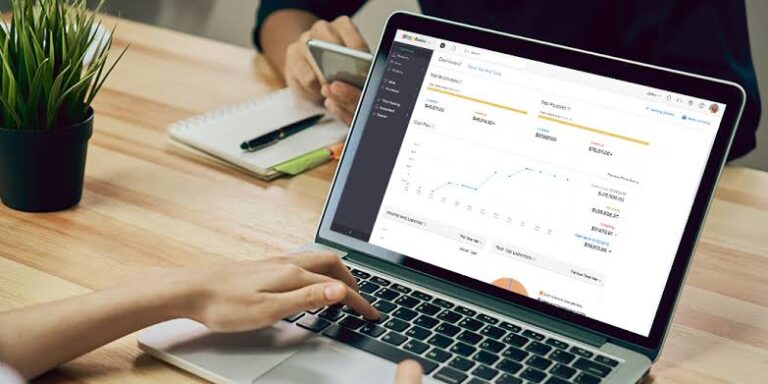
Are you ready to learn how to set up your accounting software? From Chart of Accounts to Automated system to Integrations, you will find everything you need to know to choose the best software for your needs. Here are some tips to make the setup process as easy as possible. And don’t forget to factor in costs when comparing different accounting software. Hopefully, this article has been helpful. Then, it’s time to begin the process of accounting software setup.
Chart of Accounts
When using accounting software, the Chart of Accounts is a valuable tool to track your company’s finances. Typically, this chart consists of five or more digits representing each division, department, or account. The first digit indicates whether the report is an asset, liability, or operating expense. The remaining numbers serve as identification codes. Using a chart of accounts is essential for financial reporting and management needs.
To use accounting software, the Chart of Accounts must be labeled correctly to facilitate proper recordkeeping. A simple way to do this is to assign numbers to the account entries. For example, if your business has a Cash in Checking account, you should number it 1000 instead of 1100. A four-digit account number will make it easier to track cash, and one or more digits will represent the division of your company and department.
Automated system
The benefits of an automated system are numerous. These programs provide better security, organization, and quick distribution of financial data. These programs also make document naming and categorization easier and reduce the time it takes to locate records. Additionally, they make it easier for accountants to make educated business decisions. Many business owners struggle to keep track of receipts and expenses. Despite the importance of accurate records, mistakes and oversights can result in significant liabilities for an organization.
When deciding on a system, choose one that is easy to use and compatible with your operational systems. Some are designed specifically for specific industries, and others are suitable for any size of business. Consider the size of your company and industry when choosing software. In addition, choose one that you can customize to fit your needs. While there are many different accounting software packages, you can select the one that best fits your company. This can be seen in the Quickbooks software setup.
Integrations
If you’re looking to upgrade your accounting software, you’ll want to ensure that it offers integrations. Integrations help you move information from one system to another without a single point of failure. They can also streamline bookkeeping processes. For example, without integration, you’ll be forced to enter or import data from several sources manually. This can result in mistakes and hours wasted fixing them. By contrast, an integration can automatically record payments, ensuring that your bookkeeping is accurate without manual input.
Cost
The cost of setting up accounting software for a small business can be substantial. However, the cost of these programs depends on the size of your organization and the level of accounting capabilities you need. A small business can make do with essential accounting software, while a larger company may require a more advanced solution.
Accounting software should help with payroll, tracking tax periods, and calculating totals. Many of these programs have built-in features such as automated payroll and tax compliance, saving time and money in the long run. In addition, accounting software should integrate with other systems in your business to improve your workflow and automate tasks. Getting this program for your small business will be less expensive than hiring an accountant. However, it’s best to make sure you can customize it to suit your company’s needs.
Usability
When it comes to accounting software, usability is essential. People will delete a program if it is too difficult to use or confusing. Simple-to-use software products will have a slight learning curve and make it easy for users to quickly find the information they need. While usability sounds simple, it’s often overlooked, especially when purchasing a new business software solution. Fortunately, there are a few key usability factors to consider.
ERP usability measures how easily a new user can find and use the information on a dashboard or other user interface. Many accounting solutions come with features, but the end-users shouldn’t be overwhelmed by them. Vendors should provide a customizable dashboard for end-users and focus on industry integrations to improve usability. Not only will this help businesses improve their efficiency, it will also clear up workflow bottlenecks and promote growth.